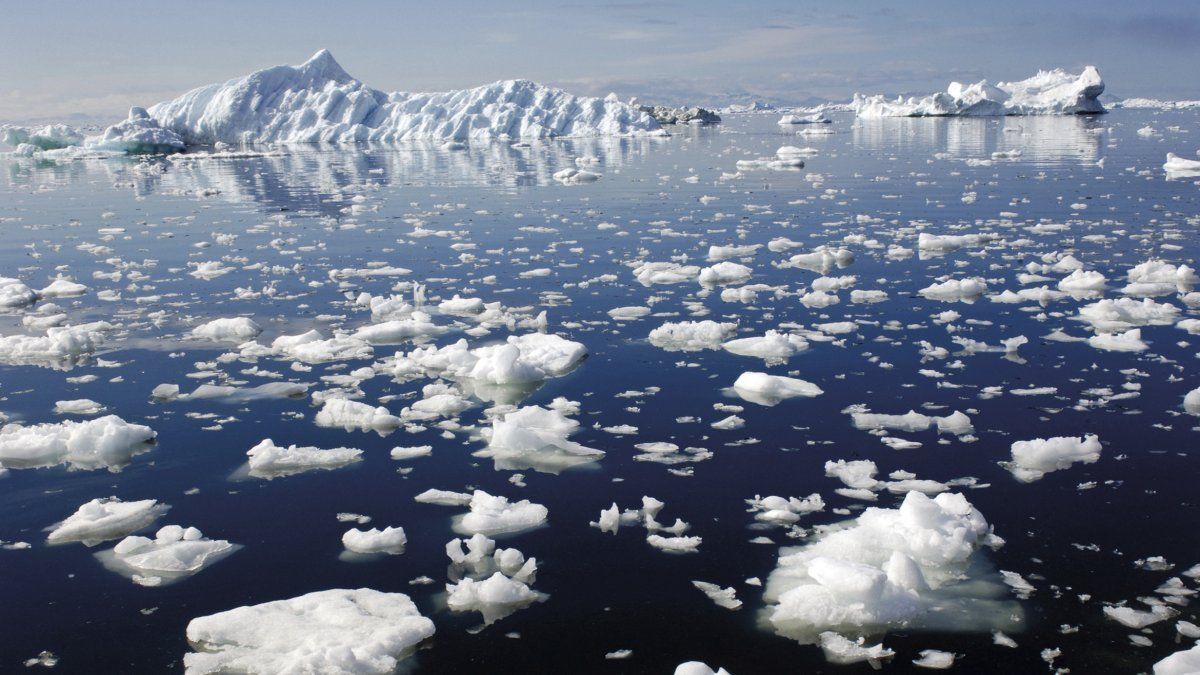Through a simulation in 2023 of the evolution of the arctic shoulderthe floating ice mass, discovered that no matter what we do or what actions we take regarding emissions, the first day without ice is a inevitable event.
Of the almost 400 projections that they carried out, some indices determined that that day could even happen in the summer of 2027, although “the fastest transition we found in the simulations is very, but very unlikely“, indicates Alezandra Jahnresearcher at the University of Colorado at Boulder and co-author of the work published in Nature Communications.
artico.jpg
The first day of the ice-free Arctic Ocean is an inevitable fact no matter what actions are taken about it.
The reality is that in itself Arctic is not going to stay no ice completelybut scientists use the expression ice-free (ice-free) to refer to the specific moment in which the frozen expanse of the Arctic is reduce to the million km2. “While the sea ice area of one million km2 is not small in absolute terms, it is located north of Greenland and the Canadian Arctic archipelago, leaving the 93% of the Arctic Ocean free of sea ice,” Jahn added.
Projections for the end of this decade
The researchers carried out extensive tests and analyzes in order to obtain the most concrete results possible, and within the most 366 simulations carried outdetermined that the percentage of first day without ice rise to 2.5% for him 2030.
Determining an exact day and a definitive number for probability is a difficult task since “at this point, it depends on the chaotic weather whether we have a day without ice or not,” he maintains Celine Heuzéa climatologist at the University of Gothenburg, Sweden, and co-author of the study.
An event that they estimate could happen is the Sudden Ice Loss Event (RILE), which is known for being a series of extreme weather eventswhich in this case, could reach melt two million square kilometers or more of sea ice in a short period of time.
What consequences could a lack of ice produce?
The day it happens that the Arctic runs out of ice, the impact will not be seen instantly and will not change things drastically from the first moment. However, the alteration in the ecosystem is inevitable and “how much more sea ice surface we losethe greater the impacts of sea ice loss will be,” says Jahn.
At the same time, Jahn points out that “nothing magical happens with a million km2 that hasn’t happened with 1.5 million km2. But with one million km2 approximately, it means that the most of the Arctic is ice-free and therefore it is easily navigable even for ships not reinforced against ice”, which would not only open the Northwest Passage to navigation, but the entire Arctic Ocean.
The fact that it is possible navigationsymbolizes great consequences for the cetaceans and others marine mammals. Another important difference lies in the state of water from liquid to solid, since the greater the amount of water in liquid state there is, the greater the radiation and heat absorptionwhich will increase regional warming.
Source: Ambito
I am an author and journalist who has worked in the entertainment industry for over a decade. I currently work as a news editor at a major news website, and my focus is on covering the latest trends in entertainment. I also write occasional pieces for other outlets, and have authored two books about the entertainment industry.




